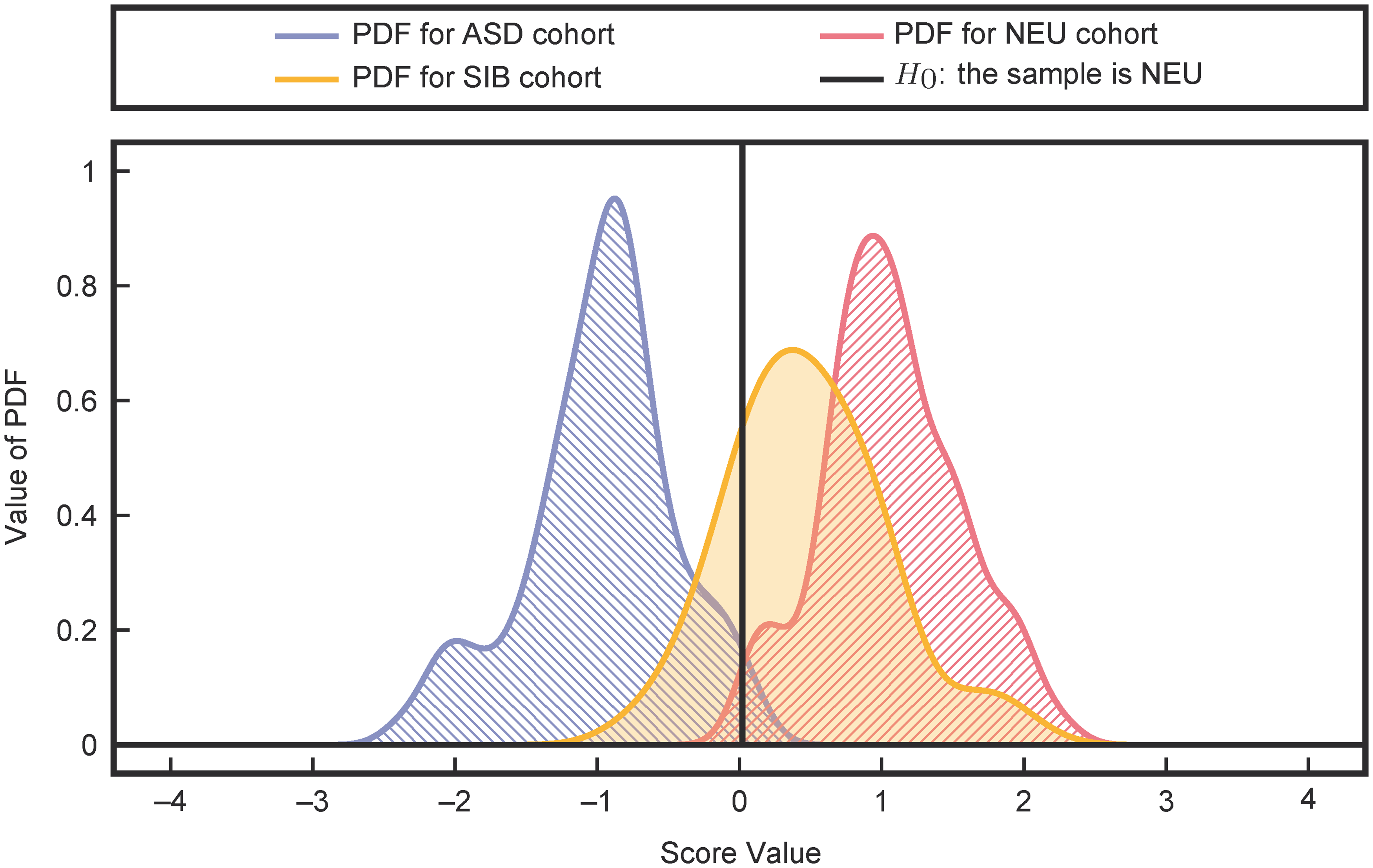A blood test for autism?
There’s a story on Radio NZ Nine to Noon on a blood test for autism that is supposedly 96% accurate, and on what its implications might be for earlier specialised care of kids on the autism spectrum. As you’d expect from Radio NZ, the questions about the implications of a test were good. The interview also raised the question of whether the test, developed on kids aged 3-10, would work equally well on younger children where the benefit is potentially greater.
What got missed out on a little was the meaning of “96% accurate”. In the research study, 81 of 83 children on the autism spectrum and 73 of 76 neurotypical kids with no history of behavioral or neurologic abnormalities were correctly diagnosed, which is very impressive. But that’s not how the test would be used. In practice you might be screening the whole population, or screening kids with relatives on the autism spectrum, or diagnosing kids where ASD is suspected.
For whole-population screening, the 3.9% false-positive rate is more of a problem. Based on current US statistics, roughly 1.5% of children are on the autism spectrum. So, of 1000 kids tested, about 15 would be correctly diagnosed and about 39 would be false positives. Now, it could be that the benefit to the 15 is much larger than the harm to the 39 and the test is worthwhile, but if we were going to have policy discussions about the test in that context, “96% accuracy” wouldn’t be a helpful way to describe it.
For children who have relatives with ASD you’d expect it to be harder to separate out ‘neurotypical’ from not. And that’s what the research shows:
The red and blue curves show the variation in blood test results for unrelated neurotypical and autism-spectrum children. The yellow shows the results for neurotypical siblings of children on the autism spectrum: there’s a lot less separation, and more tests will be wrong. Again, the test might be accurate enough to be useful, but “96% accuracy” is misleading.
Perhaps the way the test could be most helpful is as a step in diagnosis for children whose behaviour makes parents or doctors suspect ASD. There, the proportion on the autism spectrum might be more similar to the 50% in the study. However, we’ve currently got no idea how accurate the test is in such children; no-one has looked.
Thomas Lumley (@tslumley) is Professor of Biostatistics at the University of Auckland. His research interests include semiparametric models, survey sampling, statistical computing, foundations of statistics, and whatever methodological problems his medical collaborators come up with. He also blogs at Biased and Inefficient See all posts by Thomas Lumley »
